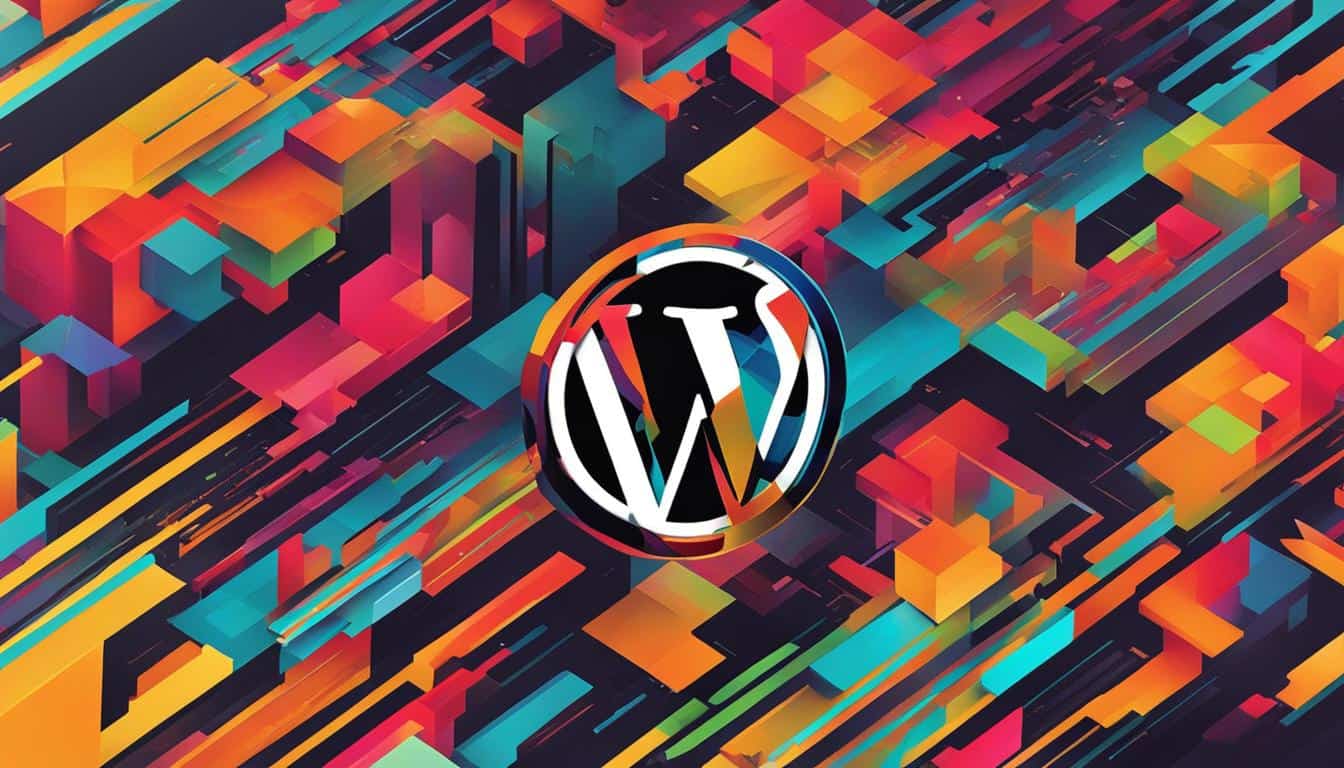What is a Content Management System (CMS)? A Clear Explanation

A content management system (CMS) is a software application that enables users to create, manage, and modify digital content, typically website content, through a user-friendly interface. CMS software provides a platform for businesses and individuals to create and manage their websites without the need for technical knowledge or expertise.
CMS software is designed to simplify the process of creating and managing website content. With a CMS, users can create and publish content, manage user access and permissions, and organize content in a structured manner. CMS software typically includes a range of features such as templates, plugins, and modules, which allow users to customize their website with ease.
By using a CMS, businesses and individuals can create and manage their website content more efficiently, and with greater control. With a wide range of CMS options available, users can choose the one that best suits their needs, whether it be for personal use or for a large enterprise.
What Is a Content Management System (CMS)?

A Content Management System (CMS) is a software application that helps users create, manage, and modify digital content on a website. It is a powerful tool that enables users to create and publish content without requiring deep technical knowledge. CMS platforms typically include built-in infrastructure, editing, and publishing capabilities, allowing users to create and manage website content efficiently.
The primary purpose of a CMS is to improve content delivery and management. With a CMS, users can easily create and publish digital content, including text, images, videos, and audio, without needing to write code from scratch. CMS platforms also provide content management tools, such as content creation, editing, and publishing capabilities, which enable users to manage their digital content efficiently.
There are several types of CMS platforms, including Content Management Application (CMA), Content Delivery Application (CDA), Enterprise Content Management (ECM), and Web Content Management (WCM). Each type of CMS platform has its unique set of features and functionalities, which makes it suitable for different types of digital content management.
Some of the key features of a CMS include document management, workflow management, version control, and content collaboration. These features enable users to manage digital content efficiently, ensuring that the right content is delivered to the right audience at the right time.
In summary, a CMS is a powerful tool that enables users to create, manage, and publish digital content without requiring deep technical knowledge. It is an essential tool for businesses and organizations that want to improve their content delivery and management capabilities.
How Does a Content Management System Work?
A Content Management System (CMS) is a software application that enables users to create, manage, and publish digital content without requiring technical knowledge. CMSs are used to streamline the process of content creation, editing, and publishing for websites and other digital media.

What Makes up a Content Management System?
A Content Management System is composed of several components, including:
- Publishing: A CMS provides publishing tools that enable users to publish content to the web or other digital channels.
- HTML and GUI: CMSs use HTML and GUI to create and manage content, allowing users to create and edit content without needing to know how to code.
- Storage: CMSs store content in a centralized database, making it easy to manage and access.
- Control: CMSs provide control over who can access and edit content, allowing organizations to manage workflows and roles.
- Content Management Application: This is the core of the CMS, providing the user interface and functionality for creating, editing, and publishing content.
- Content Delivery Application: This component is responsible for delivering content to the end-user, ensuring that content is displayed correctly on different devices and platforms.
- Workflows: CMSs provide workflows to manage the process of creating, editing, and publishing content, ensuring that content is reviewed and approved before it is published.
- Roles: CMSs provide role-based access control, allowing organizations to manage who can access and edit content.
One type of CMS is a headless CMS, which separates the content management application from the content delivery application, allowing developers to use their own tools and frameworks to deliver content. Headless CMSs are becoming increasingly popular due to their flexibility and scalability.
In summary, a CMS is a software application that enables users to create, manage, and publish digital content without requiring technical knowledge. CMSs are composed of several components, including publishing tools, HTML and GUI, storage, control, content management and delivery applications, workflows, and roles. A headless CMS separates the content management application from the content delivery application, providing developers with greater flexibility and scalability.
What Are Examples of Popular Content Management Systems?

There are many different content management systems (CMS) available, each with their own strengths and weaknesses. Some of the most popular CMS platforms include WordPress, Joomla, Drupal, Squarespace, Wix, and Magento.
Which Website Types Are Possible to Create Using Those Content Management Systems?
WordPress is a versatile CMS that can be used to create a wide variety of websites, from blogs and portfolios to e-commerce sites and corporate websites. Joomla is another popular CMS that is particularly well-suited to building social networking sites and online communities. Drupal is a powerful CMS that is often used for large-scale, complex websites, such as government portals and university websites.
Squarespace and Wix are both popular website builders that offer a range of templates and drag-and-drop tools to help users create professional-looking websites quickly and easily. Magento is a specialized CMS that is designed specifically for e-commerce websites.
Which CMS Platform Is the Best?
The answer to this question depends on the specific needs of the user. WordPress is a popular choice for many users because of its ease of use, flexibility, and large community of users and developers. Joomla and Drupal are more powerful CMS platforms that may be better suited to users with more technical expertise.
Squarespace and Wix are both great options for users who want to create a professional-looking website quickly and easily, without needing to know how to code. Magento is the CMS of choice for e-commerce websites, with powerful features for managing products, orders, and payments.
Overall, the best CMS platform is the one that best meets the needs of the user, taking into account factors such as ease of use, flexibility, and the specific features required for the website in question.
How to Use a Content Management System to Create a Website?

Creating a website using a content management system (CMS) is a user-friendly process that does not require technical expertise. A CMS provides a range of resources that make it easy for anyone to create a website. Here are the steps to follow when creating a website using a CMS:
- Choose a CMS: The first step is to choose a CMS that suits your needs. There are many CMS options, such as WordPress, Drupal, and Joomla. Each CMS has its own infrastructure, benefits, and drawbacks, so it is important to research and choose the one that best fits your needs.
- Install the CMS: Once you have chosen a CMS, the next step is to install it on your website. Most CMS options are cloud-based, which means that you can install them directly on the internet. Some CMS options require you to download and install them manually.
- Choose a Theme: After installing the CMS, the next step is to choose a theme for your website. A theme is a pre-designed template that determines the look and feel of your website. Most CMS options come with a range of themes to choose from.
- Add Content: Once you have chosen a theme, the next step is to add content to your website. This includes text, images, videos, and other media. Most CMS options come with a user-friendly editor that allows you to add and edit content easily.
- Optimize for Search Engines: Finally, you need to optimize your website for search engines. This involves using SEO tools to improve your website’s ranking on search engine results pages (SERPs). Most CMS options come with built-in SEO tools that make it easy to optimize your website.
Using a CMS to create a website is a simple and straightforward process that does not require technical expertise. By following these steps, you can create a website that is user-friendly, visually appealing, and optimized for search engines.
Why WordPress is the Most Popular Content Management System?
WordPress is the world’s most popular content management system (CMS), powering over 63.3% of all websites that leverage a CMS. The reason for its popularity is its flexibility and personalization, making it an ideal choice for businesses of all sizes. WordPress is an open-source CMS, meaning its software is free to use, modify, and distribute.
One of the reasons why WordPress is so popular is its ease of use. It has a user-friendly interface that allows users to create, modify, and publish content without any technical knowledge. It is equipped with a WYSIWYG editor, which makes content creation a breeze. Moreover, WordPress offers a wide range of customizable templates and plug-ins, making it highly versatile.
WordPress is also known for its security features. It provides various security measures, such as user roles, permissions, and editing limitations, to ensure that only authorized personnel can modify the content. Additionally, WordPress has a large community of developers who are constantly working to improve its security and functionality.
Another reason why WordPress is so popular is its collaboration features. It allows multiple users to work on the same project simultaneously, which is particularly useful for content collaboration. WordPress also offers a revision control system, which tracks changes made to the content and allows users to revert to previous versions if necessary.
WordPress is also highly customizable. It provides a wide range of customization options, including graphics, format management, digital asset management, and custom templates. This level of customization allows businesses to create a website that is consistent with their brand image.
WordPress is also ideal for eCommerce stores. It provides various features that are necessary for running an eCommerce website, such as domain name registration, web hosting, and integration with various payment gateways. Moreover, WordPress is highly scalable, making it suitable for businesses of all sizes.
In conclusion, WordPress is the most popular CMS due to its flexibility, personalization, collaboration, security features, and scalability. Its ease of use, customization options, and user-friendly interface make it an ideal choice for businesses of all sizes.
WordPress as Content Management System: Harnessing Its Power for Efficient Web Publishing
JPG vs JPEG: Differences Explained Clearly

Helmi Friday
Elementor Alternative
on Autopilot




